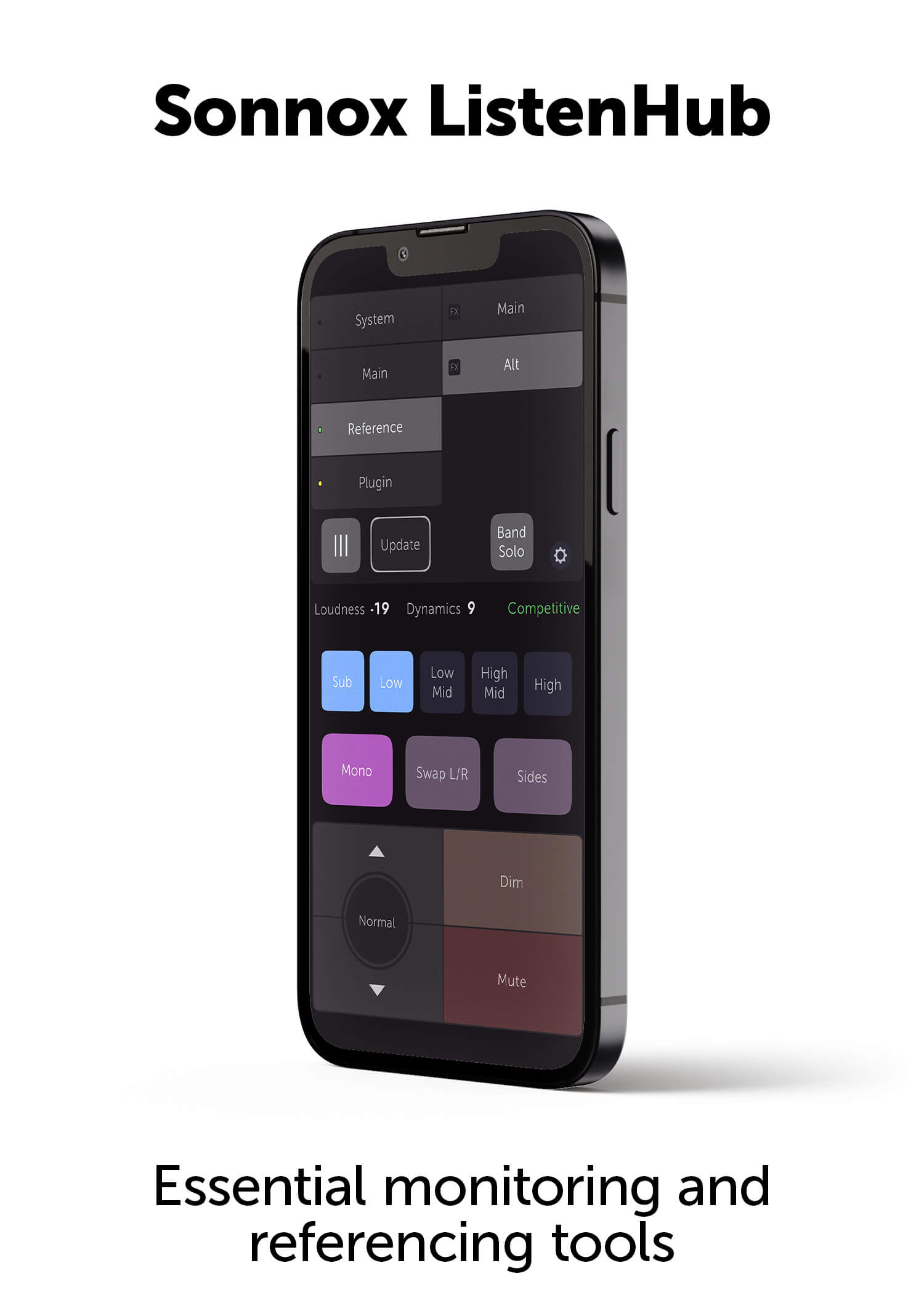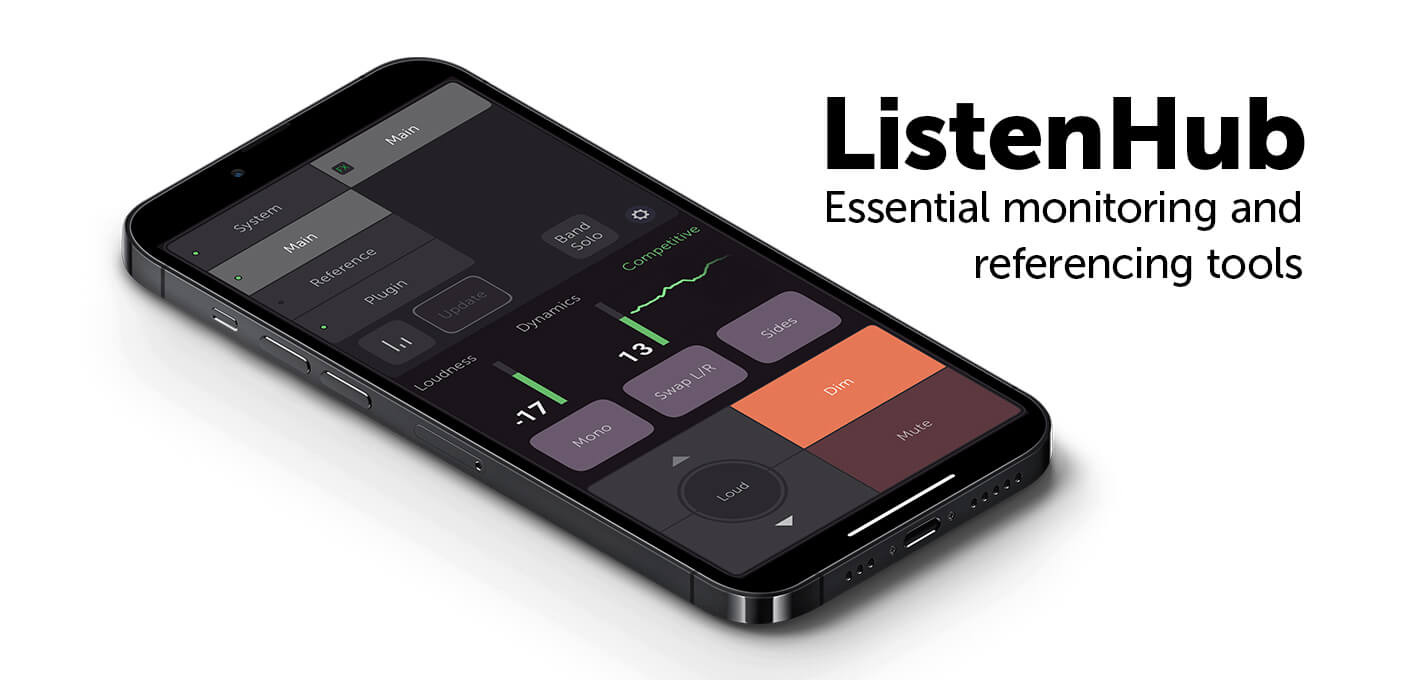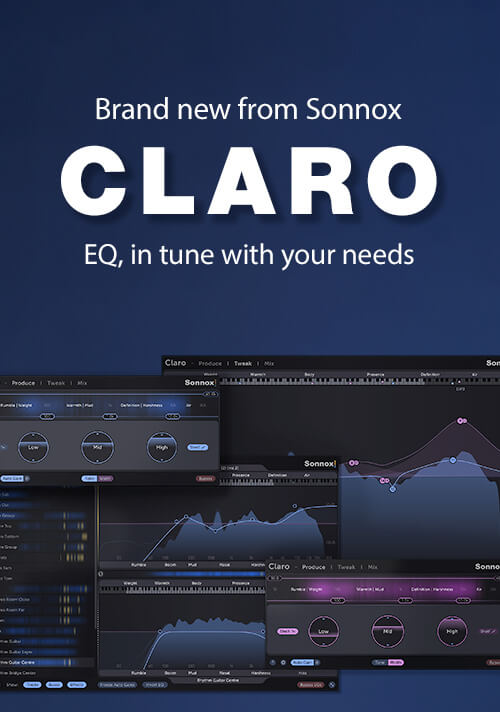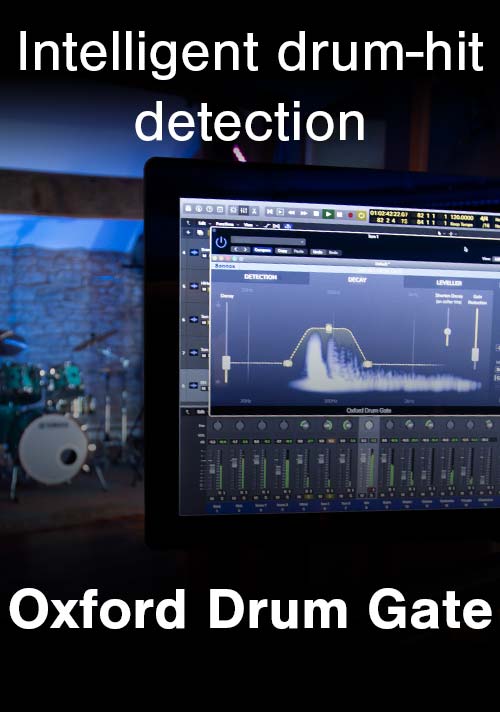Kevin Churko on getting a great guitar sound.
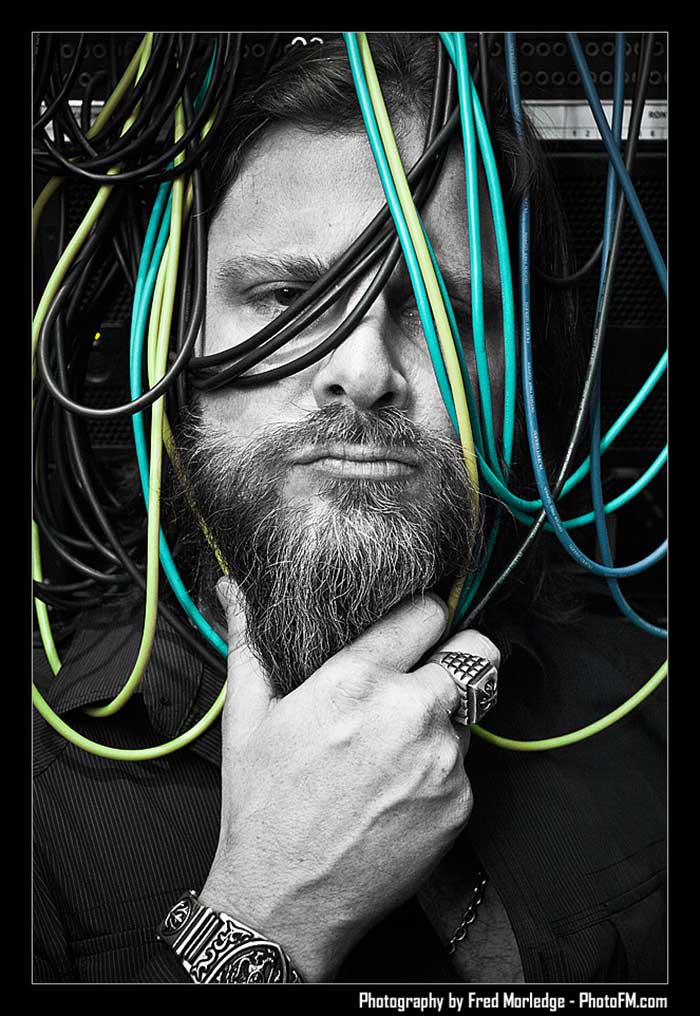
This month we talk to Juno award winning, Grammy-nominated producer / engineer / songwriter Kevin Churko. With a wide variety of credits from the likes of Ozzy Osbourne, Shania Twain, Ringo Starr and Five Finger Death Punch, we asked him to share some of his expertise on getting great guitar sounds.
What is your basic approach to miking an amp setup?
For live amps, I generally only set up one or two mics. Depending on the source, it’s usually a ‘57 and a ‘421, although recently I used a Royer 121 ribbon with lead guitarist Jason Hook recording the new Five Finger Death Punch album. For high gain sounds I don't use any compression and generally no EQ on the way in. I prefer to work on the source sound and move the mic until it's right.
Hardware-wise, I’ve also been running the mics into the new Radial Workhorse 500 series box. For high gain guitars, I'll typically use the Neve 1073LB preamp. One of the Neve's I'll route through the Radial PhaseQ 500 series box so I'm able to mess with the phase easily. I'll actually sum these two channels through the Workhorse as well. If it's clean guitar then I may use the API 512 or the Radial PowerTube preamps.
How about working with guitar plug ins?
It all depends what I'm doing and who I'm working with. Most of the time I prefer plug-ins to live amps because they give me more control and flexibility. However if someone really has their sound down and has something special with an amp, I'm all about using it. Of course, there are never any hard rules.
Which Sonnox plug ins do you turn to to get the guitars pumping?
To begin with I'll use the Oxford EQ, almost always enabling the LF and HF filters to shape the overall sound. A little EQ between 2-5kHz can keep the guitar from hitting me too hard between the eyes on those long emotional notes. I also will take away a little low mid on clean guitars that just seem to resonate a little too sporadically.
Sometimes I get tracks in to mix (that I didn't record) which need a little extra help. I'll seek and destroy with the SuprEsser, which really comes in handy with high gain solos. Or, I'll just find the frequency culprits and automate those out with the Oxford EQ. The automation works fantastic and a little time and effort can really pay off.
It’s great that Sonnox has moved to AAX so quickly. It was a huge relief to me and quite honestly, the only way I could be running the new HDX rigs.
Interview and editorial provided by Rich Tozzoli
